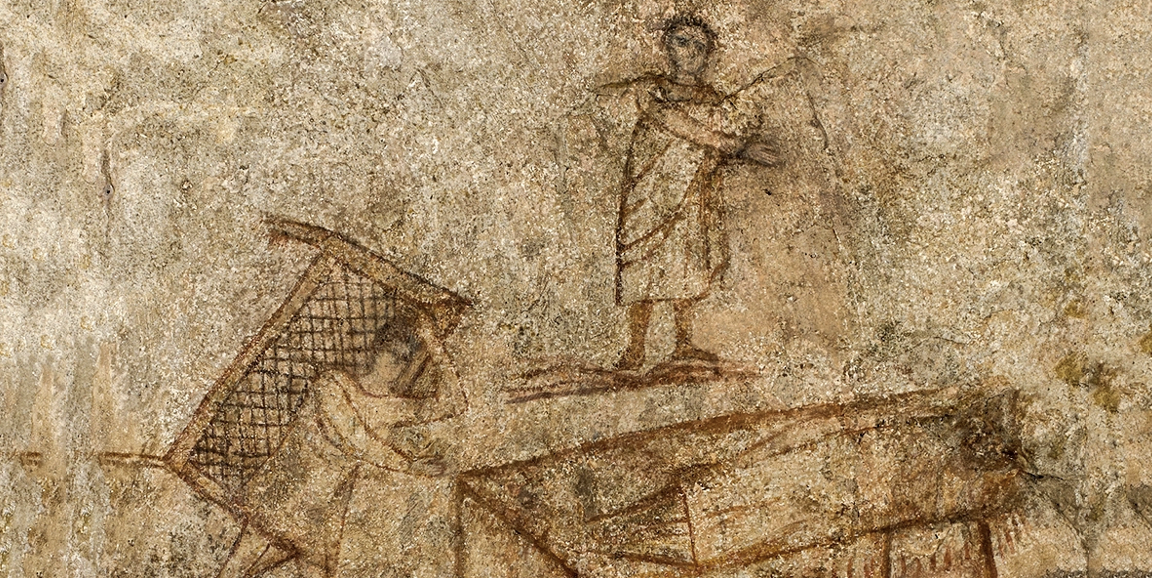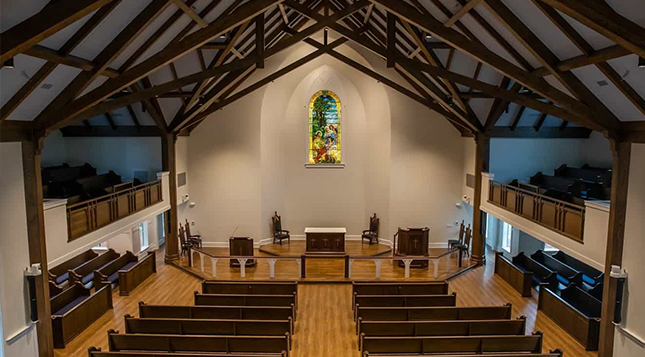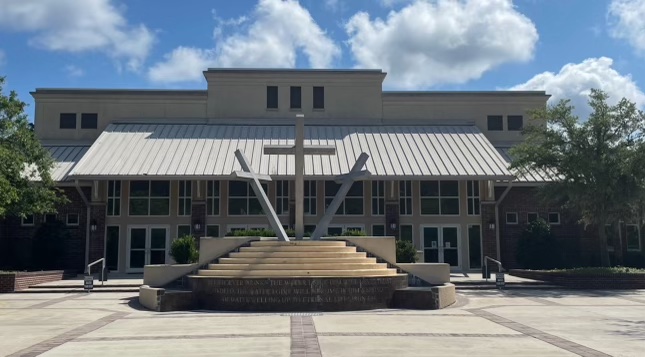
This is the earliest painting of one of Jesus’ miracles. This painting shows the healing of a paralytic man (Mark 2:1-12). You can see the man carrying his mat, and Jesus standing with a hand extended. This ancient painting is from the 200s and was discovered in a Syrian house church.
There are 37 miracles recorded in the Gospels. Of those miracles, 12 of them are a response to Jesus either seeing a need or wanting to teach His followers a lesson. No one asked Jesus to feed the 5000 — He saw a need and wanted to do something about it. Twenty-five of the miracles were a result of someone asking Jesus for a miracle. Two out of three miracles were a direct result of someone asking for help.
Those who came to Jesus asking for a miracle had different degrees of faith. Some had great faith — the Centurion in Matthew 8:5-13 knew that Jesus could heal people with a simple word. Jesus said of the Centurion, “I tell you the truth, I haven’t seen faith like this in all Israel!” Others had little faith like the man who asked Jesus to heal his son “if he could,” to which Jesus responded, “anything is possible to those who believe.” Some cried out even though others tried to silence them (see the story of Blind Bartimaeus who only cried louder when people told him to leave Jesus alone), while others depended upon the faith of others (the paralytic in Matthew 9:1-8 needed friends to take him to Jesus by lowering him through the roof).
How often do we sit back and wait for God to do something amazing in our lives instead of taking whatever faith we have and boldly asking God to meet our needs? The miracle-worker described in the Gospels is the same Jesus we worship today. Perhaps He is waiting for us to cry out in faith.
Get Involved with Our Ministries
One of the most important ways to get connected at The Church of the Cross is to first become a member of our congregation. If you are not a member and you are interested in learning more about membership, please call the Parish Office (843.757.2661) and speak to Sue.
Membership begins with an informal meeting with clergy. The next step in getting connected would be joining a Bible Study or small group to be in community with other Believers.
The Church of the Cross Locations
The Church of the Cross is situated across 3 distinct campuses. View our locations below:



